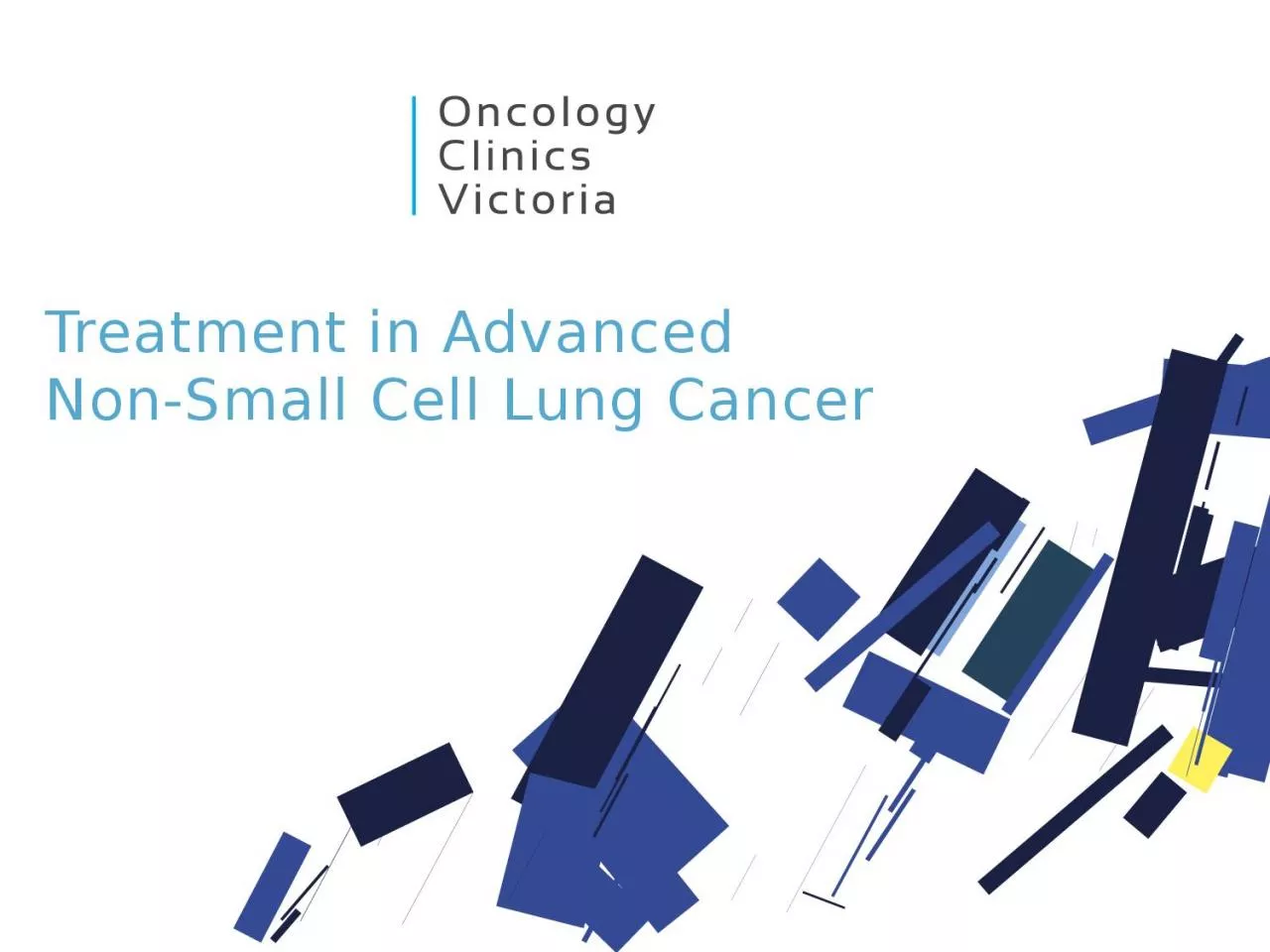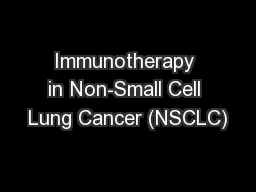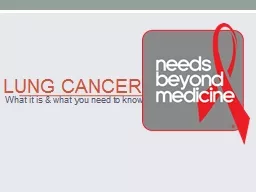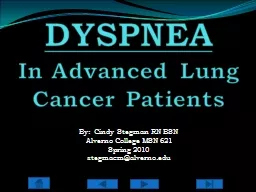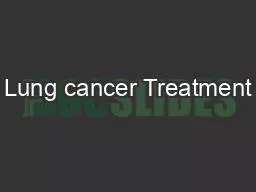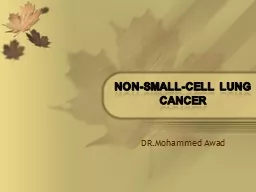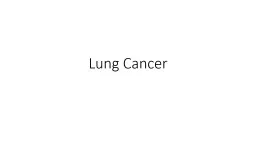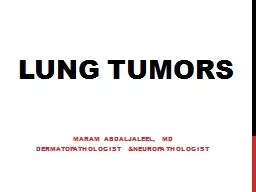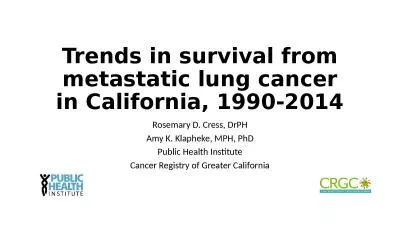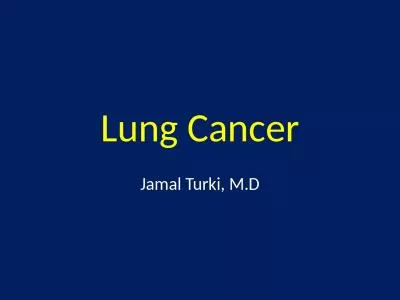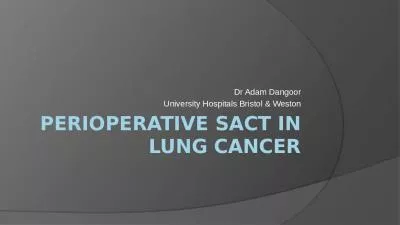PPT-Treatment in Advanced Non-Small Cell Lung Cancer
Author : oconnor | Published Date : 2024-01-20
5 th most commonly diagnosed cancer in Australia 89 of new cancer diagnoses In 2009 10193 cases 6034 men 4159 women Projection to 2020 13640 Mortality In
Presentation Embed Code
Download Presentation
Download Presentation The PPT/PDF document "Treatment in Advanced Non-Small Cell Lu..." is the property of its rightful owner. Permission is granted to download and print the materials on this website for personal, non-commercial use only, and to display it on your personal computer provided you do not modify the materials and that you retain all copyright notices contained in the materials. By downloading content from our website, you accept the terms of this agreement.
Treatment in Advanced Non-Small Cell Lung Cancer: Transcript
Download Rules Of Document
"Treatment in Advanced Non-Small Cell Lung Cancer"The content belongs to its owner. You may download and print it for personal use, without modification, and keep all copyright notices. By downloading, you agree to these terms.
Related Documents

